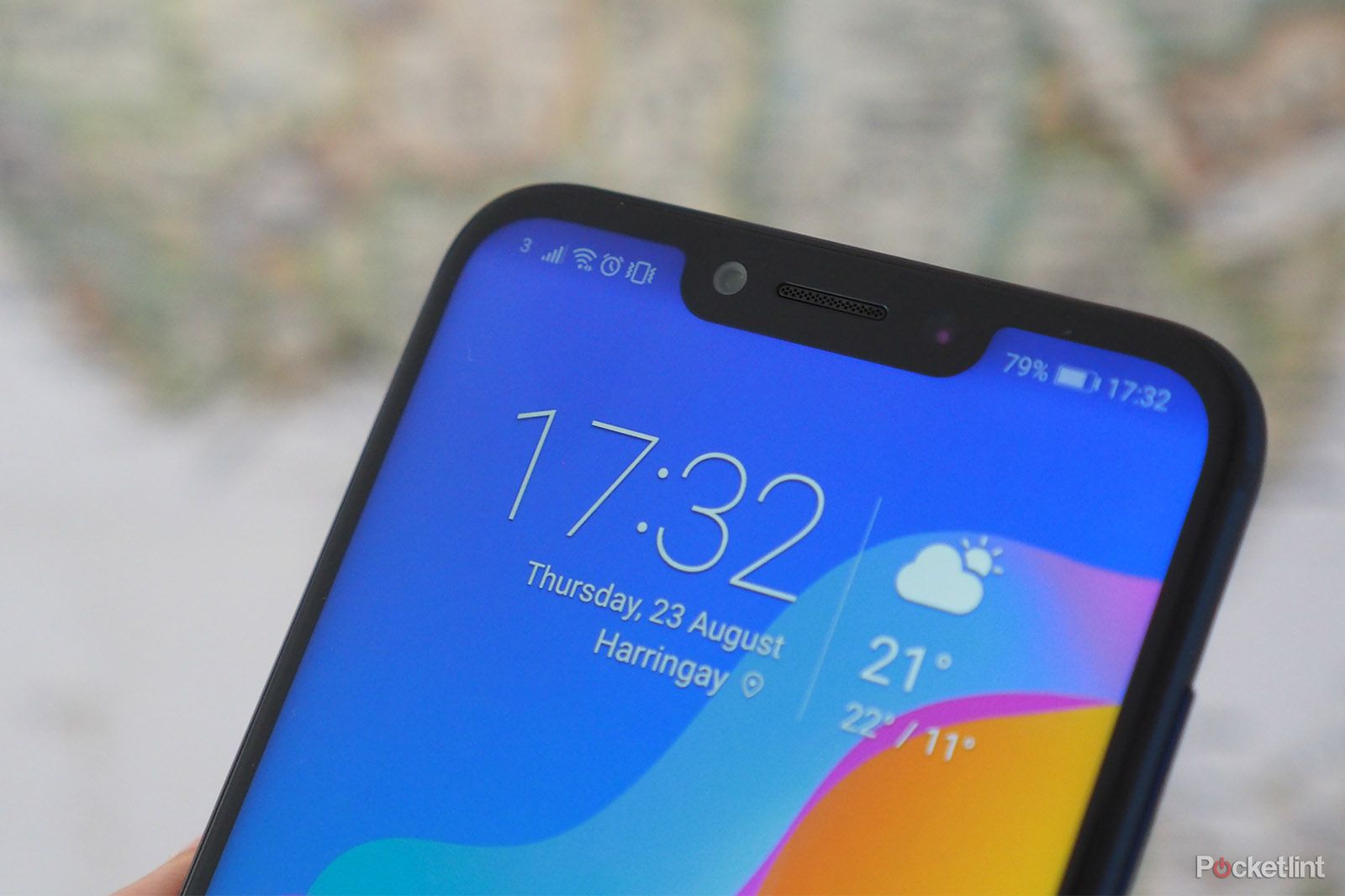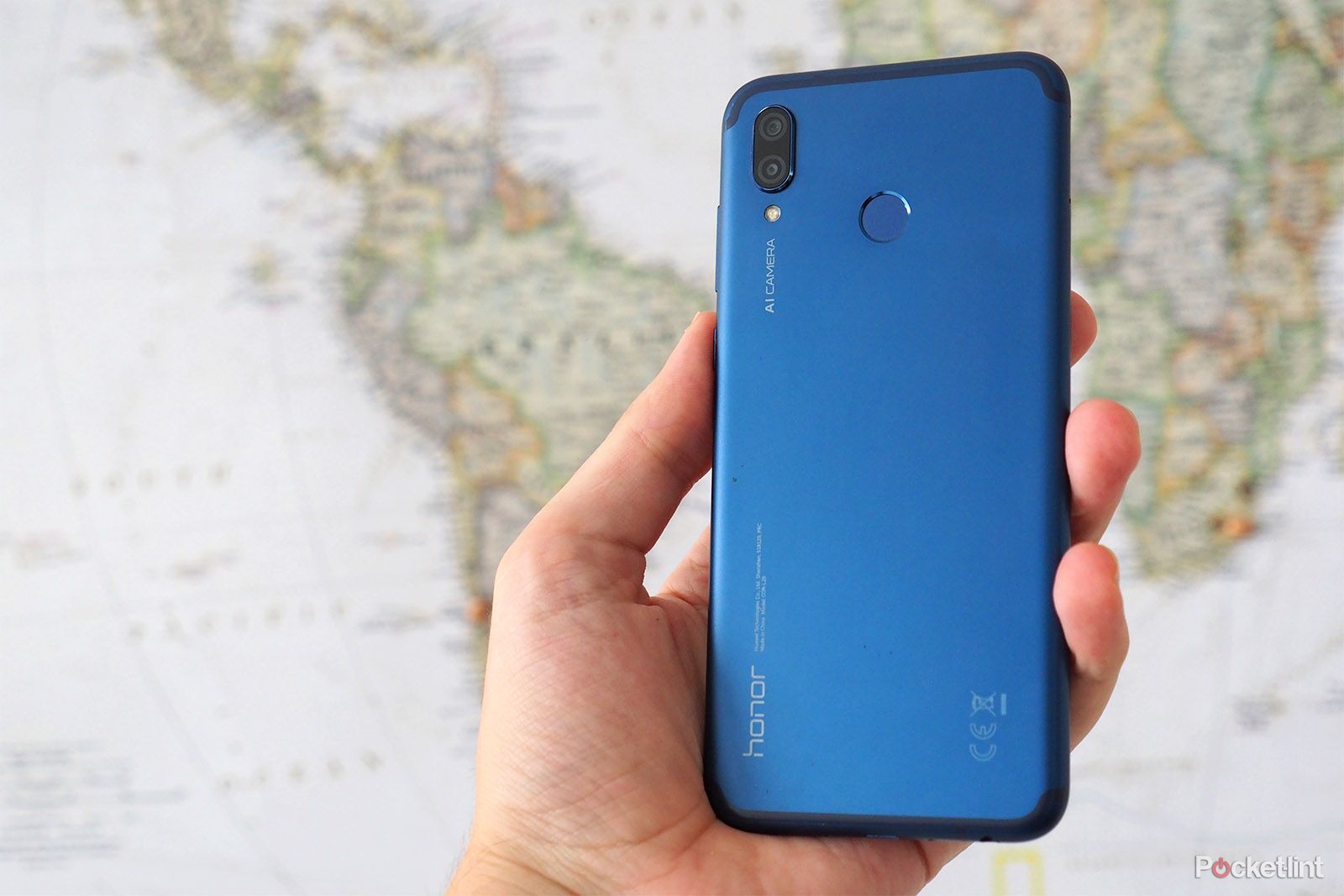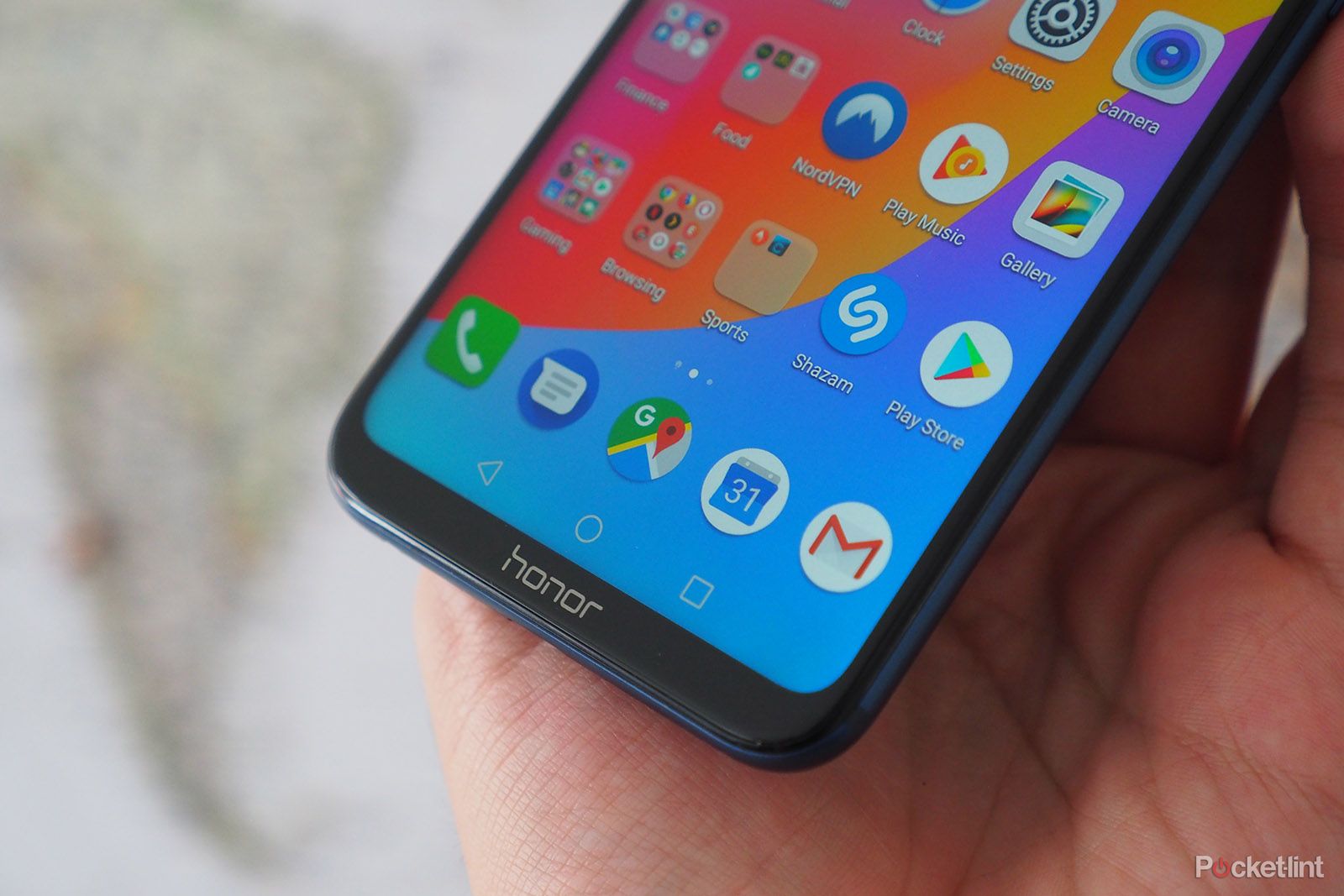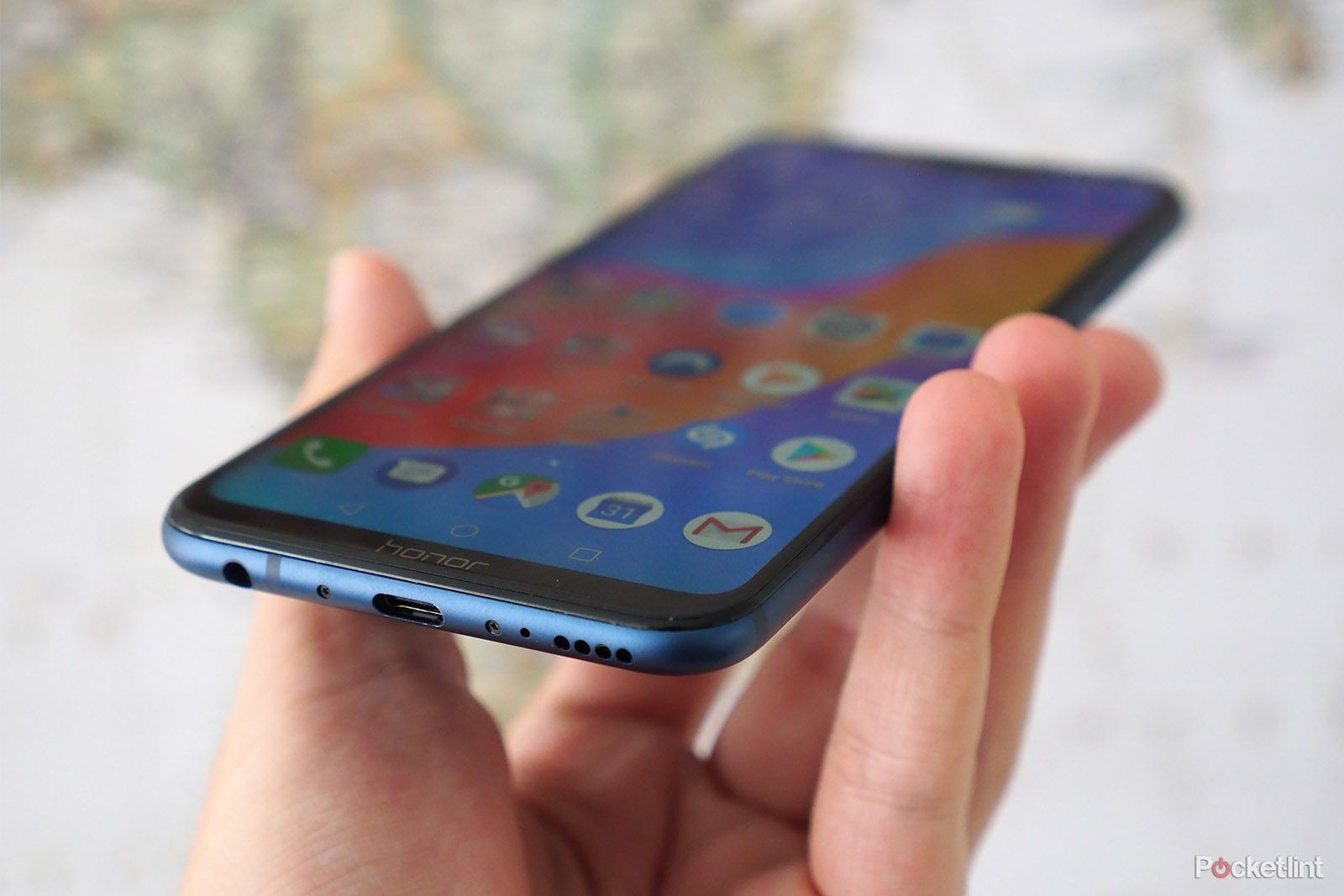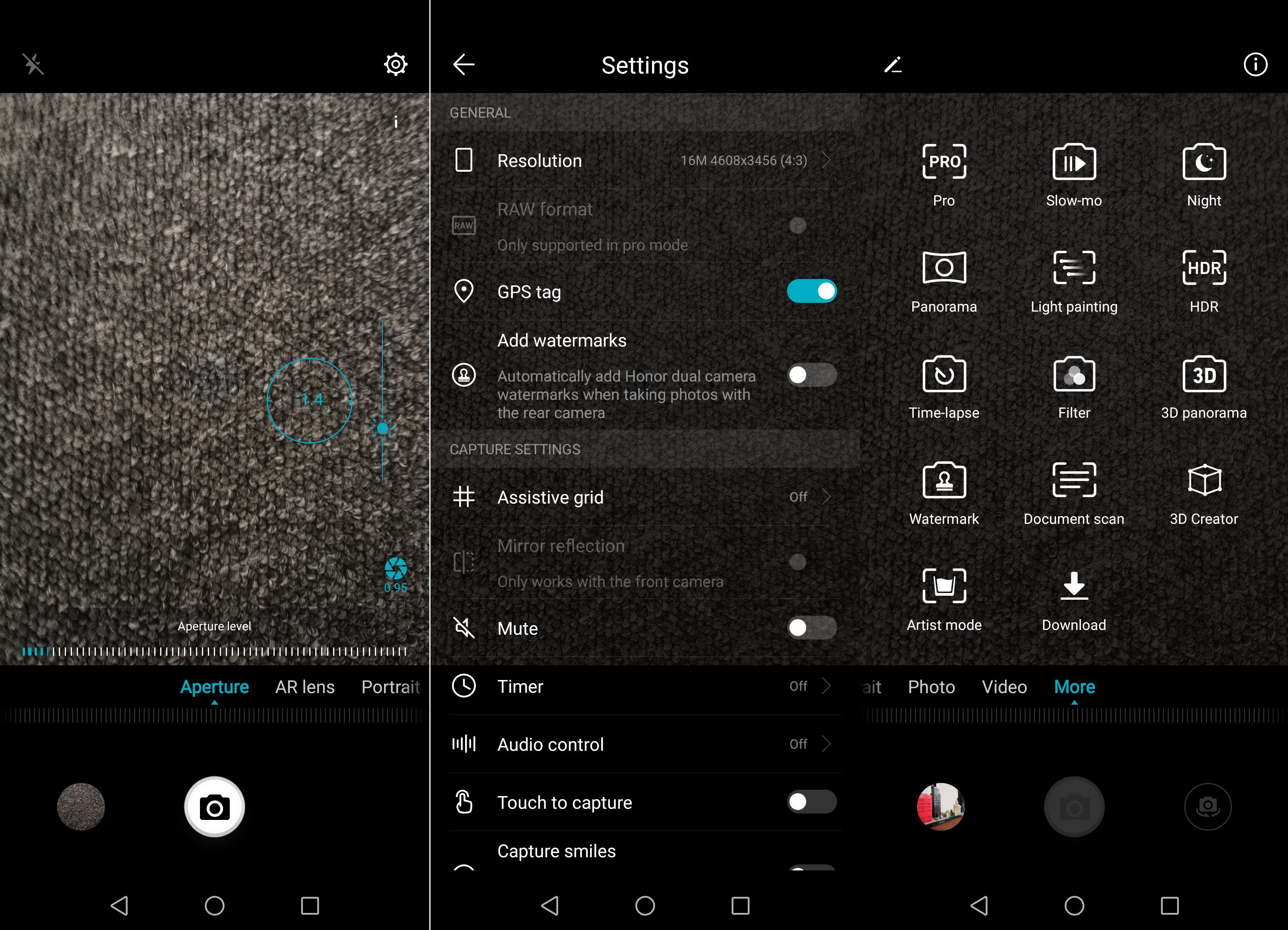There's a saying about busses: you wait ages for one and then three turn up at once. Although we can't apply that loose analogy to Honor specifically – the brand has had a steady stream arriving three-monthly for seemingly forever (Honor 10, Honor View 10), flooding the market with various size options – the tail-end of 2018 does bring with it a new era of affordable flagships: from the Poco F1 and Oppo F9 to the Honor Play.
Core to all those handsets is that they will undercut the OnePlus 6 in terms of price point. And of the lot it's the Honor Play that's arguably the most interesting in terms of design. Add in a top-spec processor, considerable battery and a screen large enough to make you think twice about buying a Samsung Note 9, and Honor appears to have a very well versed mid-price phone on its hands.
After a full two weeks of use with the Honor Play as our everyday phone, here's what we make of it. Spoiler: it's the most accomplished Honor phone to date and its price point makes it a contender for the best affordable phone money can buy.
Honor Play
Our quick take
In the last few years it's OnePlus that's ruled the affordable flagship roost. Other brands have certainly noticed and come running too: from Xiaomi's Poco to Huawei's Honor, there's a wider range of choice... much of which isn't available in the UK.
The Honor Play, however, will be available in the UK and Europe (just not the States, sorry guys and gals) for an incredible £279 and €299 respectively. That's an incredible price that undercuts OnePlus by approaching two hundred quid.
With its massive screen, great overall performance, exceptional battery life, considered design and crazy-good asking price, the Honor Play doesn't just put itself into a competitive spot, it wipes the floor with its competition.
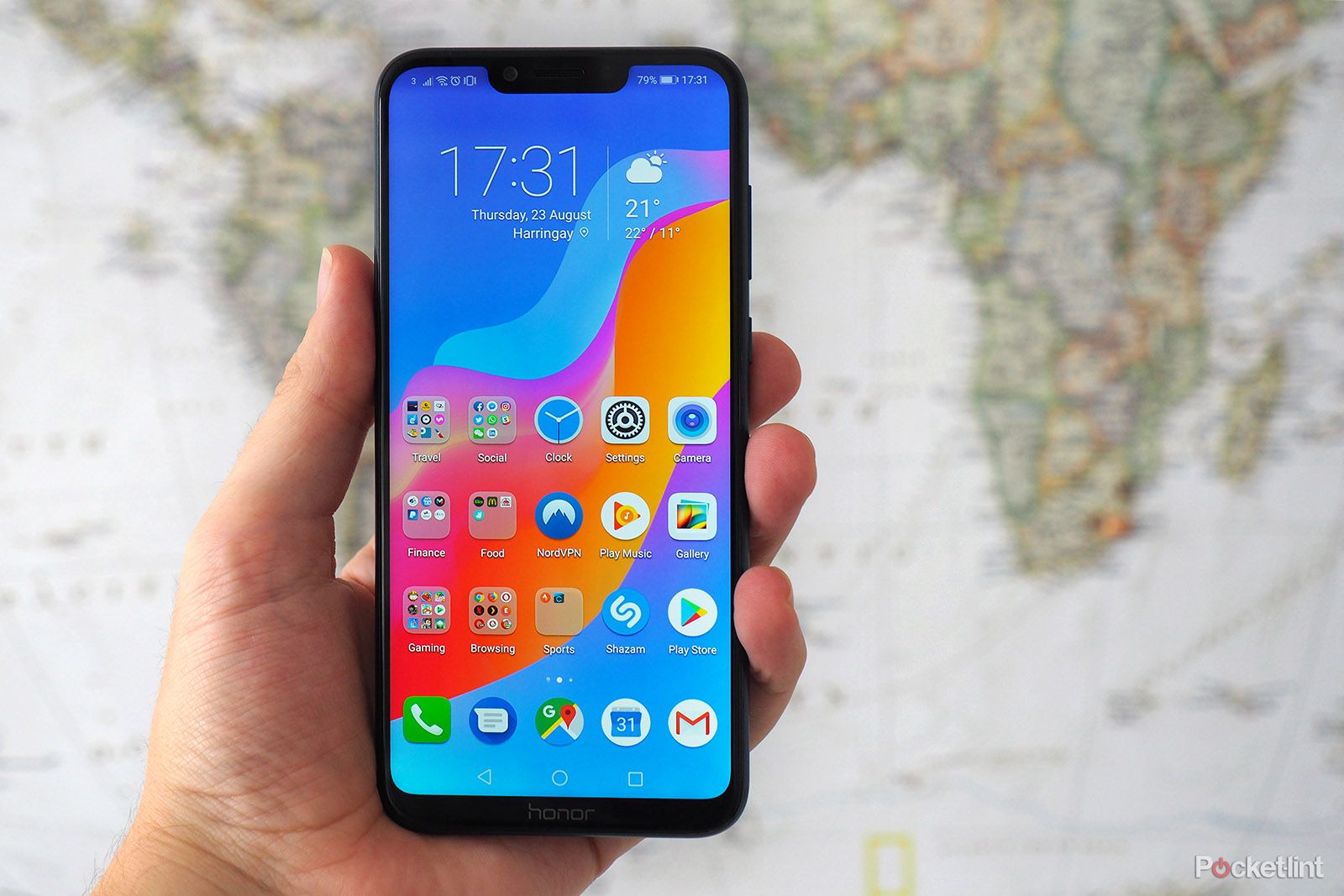
Honor Play - 5.0 / 5
| FOR | AGAINST |
|---|---|
|
|
Honor Play
Design & Display
- Unibody metal design in four colours: Ultra Violet, Navy Blue, Midnight Black, Player Edition Red/Black
- 6.3-inch, 19.5:9 aspect ratio, 1080 x 2340 resolution IPS LCD display, with notch
- Rear-facing fingerprint scanner
- 157.9 x 74.3 x 7.5mm; 176g
Every time we receive an Honor phone for review it looks a little different to the last. We've repeatedly criticised this approach because it lacks the synergy we would expect from a given brand. With Honor it's always a shift in colour, finish and tone.
The Play does look great, though, with its soft-touch matte rear and subtle navy blue finish. Other models, such as the Honor 10, offer hyper-reflective, eye-catching finishes; or there's the View 10 which is a more similar shade to the play, but shinier and more fingerprint-attracting.
Keeping those three handsets in mind, the Honor Play is a clear visual cue of how rapidly this company's technology is evolving. We thought the Honor 10's trim bezel was impressive (and that was back in February 2018, just six months before writing this), but the Play advances that form even further, with less bezel and neater edging. There's nothing about this handset that doesn't look flagship.
Read the specs and the Play's 6.3-inch screen might sound huge, but it's perfectly manageable thanks to the 19.5:9 aspect ratio, making it sink into a single hand without any problems (unlike an iPhone 8 Plus, for example, which we find too wide). The LCD designation isn't as exciting as the deep blacks you'll get from an OLED panel, such as that in the Huawei P20 Pro, but it's got good viewing angles and ample brightness (although you may need to crank up the auto-brightness to get enough out of it).
Interestingly, the Honor Play seems to have taken a page out of the Pixel 2 XL's book, as its screen isn't the punchiest going. It's not drab, but there's an inherent flatness in its visuals when the brightness isn't cranked. And you know what, we rather like this appearance. It's been most notable when playing games, such as South Park: Phone Destroyer, where side-by-side with a Pixel 2 XL and Huawei P20 Pro it's looked less punchy. However, the Play's inclusion of 2.5D glass helps the image look fully embedded within the device, while the exterior glass isn't too reflective to be distracting.
Oh, and you might notice that notch up there. Yup, the black-out 'dip' to the top of the screen is there to house the front-facing camera, sensors and speaker phone. It's not distracting in use if you're used to a notch (and there are a lot now, it's like the new norm), but if you dislike it then it can be hidden through software to make for a more complete looking device. Many apps will automatically ignore this upper area of the screen anyway for a fully rectangular screen load.
To the rear the Play shows off its dual camera setup to the upper corner. These protrude a little, which causes the device to rock about when laying flat on a table. It causes one other issue: the paint around the lenses isn't tough enough, as it's started to expose the metal beneath after just a week of use. At least it's a shiny metal, though, as the whole device is built from a single metal shell. It's character building, right.
Also on the rear is a circular fingerprint scanner. It's perhaps a tiny bit too high up the body, but not exactly difficult to reach, and it works really well with any digits you have associated with it via the software setup. Alternatively there's the usual PIN/pattern login – although the PIN is six digits, not four, which we find laborious to enter (yes, we know, a whole two extra inputs, how do we live?!). We've had no issues with this scanner, however, unless trying to login with wet hands... which is a bad idea anyway, as the Play isn't weather-sealed.
Overall the Honor Play's design is accomplished. There's a few tweaks to make – colour/finish consistency within the range; tougher paint around the camera lenses; an OLED screen with more pre-set display forms; four digit PIN please (pedantic, yep); and the unshakable fact that the vibration alert just sounds awful – but we've found it to look and feel better than the Poco F1 (which we had used full-time prior to this Honor).
Hardware, Software & Battery Life
- Huawei Kirin 970 octa-core processor, 4GB RAM, 64GB storage
- GPU Turbo for gaming to optimise graphics
- 3750mAh battery, USB-C quick recharging
- EMUI 8.2 software (over Android 8.1)
On the power front the Honor Play doesn't disappoint. Although it's mid-price, its specs are anything but middling: the top-end Kirin 970 processor is on board, which is the very same you'll find in the flagship Huawei P20 Pro.
In the Honor's case, however, there's just 4GB RAM, not the larger 6/8GB that many high-spec handsets are currently employing, which may cause some subtle load issues if you have lots of apps open at any one time. Seeing as we've mentioned the Poco F1 (which has a Qualcomm Snapdragon 845 and 6GB RAM), the Xiaomi-made phone is about two seconds faster to open apps like Candy Crush and other games. A slight difference that shows the Honor is a whisker behind, but not something you'll ever notice in isolated use.
When you have an epic game like PUBG Mobile loaded, the Honor does have a special trick up its sleeve: GPU Turbo. This hardware-software balances the graphical processing unit's efficiency, boosting performance for consistent frame-rate and smooth performance. Which is a long-winded way of saying that PUBG Mobile runs super smooth as if loaded on a flagship phone.
However, GPU Turbo is not compatible with many games at present: PUBG Mobile, Asphalt 9 and Mobile Legends are the ones we know about, so there's room for compatibility progress there. Plus you won't get the super-high frame-rate panel of a Razer Phone or Asus ROG Phone from this Honor, which is inherent to the display hardware. Still, expect an extra couple of frames per second stability, which isn't something to shake a stick at, that's for sure.
With all this gaming and a load of work and life to balance, you might assume the Honor Play's battery is going to take a hit. But this is one of the phone's most impressive performance areas. After 18 hours use in a day we've still had 45 per cent battery remaining. On days with some longer gaming sessions, over 16 hours use has seen over 20 per cent battery remaining. In short: try hard as you will, it'll be very difficult to deplete the Honor Play's battery in a single day. And if you do non-stop game then the addition of fast-charging via USB-C is an added bonus. The battery life is exceptional.
Some of the battery kudos can probably be awarded to the software setup. The Play runs Huawei's EMUI software (over the top of Google's Android 8.1 operating system), which has long been known to be, let's say, 'firm' about apps and battery use. In its EMUI 8.2 guise, however, it's not overbearing in its decisions to limit power to apps – indeed within the settings there are lots of adjustments you can make per app to ensure a refined experience for your personal setup (which, funnily enough, is the direction Google proper is heading with its latest Android 9 Pie setup).
Otherwise the software is at a point where it's stable, easy to use and there's nothing major to hinder your experience. Sure, Honor likes to pre-load some apps, and there are obvious duplications of some Google equivalents (Music, Clock, Calendar), but it's easy to rearrange home screens, or switch on the App Drawer setup instead depending on how you like to organise and layout your apps.
There are also benefits to EMUI. If you run dual SIM cards then App Twin allows duplication of certain apps, such as Facebook and WhatsApp, for different mobile numbers, thus it's possible to login to business and personal accounts on the same device. You can even segregate these into separate 'spaces' so not all are showing at once, if preferred.
Cameras
- Dual rear cameras: 16MP f/2.2 & 2MP f/2.4 (for depth measure and blurred-background Portrait)
- AI Camera for artificial intelligence auto scene selection
- 16MP front-facing camera for selfies
The last major piece of the puzzle is the Play's camera setup. Comprising dual cameras on the rear, and with one on the front, it's a phone positioned like most others in the market right now – with the dual cameras used to capture not only imagery but depth to be used by the software for Portrait/blurred background shots.
We weren't expecting much from the Play's camera, and while some reviewers have called it "so-so", we think the main 16MP sensor is rather adept. Shots of close-up Lego present plenty of crisp detail; lower-light frames don't see the colour totally bomb out into a bland wash; with only some softness and artefacts visible in shots taken in far darker conditions (such as the exterior of the Hotel 'Lace' in Berlin at nighttime).
Even the depth reading, which can be used under the Aperture section of the Camera app – it's possible to select between f/0.95 through to f/16 (blurriest through to least blurry background) – works well to soften backgrounds, such as the four-channel mixer example in our gallery. It doesn't always work 100 per cent perfectly, particularly with difficult edges such as people's hair in portrait shots, but it's on par with the competition.
The Camera app also comes with a bundle of modes, from auto, to AI Camera (artificial intelligence scene selection), and fully manual 'Pro'. These are arranged in a mix of swipe-left/right, through to the main More settings menu, which can feel like a bit of a jumble to get from one to the next. Still, as you can press-and-drag for exposure compensation and press-to-focus is relatively quick to do its thing, there's little need to spend an age digging through many of the modes.
Honor Play
To recap
The company's best phone to date and at a price that's simply incredible. This is a serious handset, one strong enough to take the eyes off OnePlus and its impending competition for a cut of the price.

